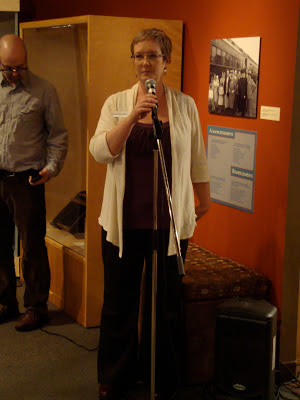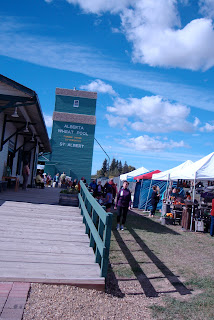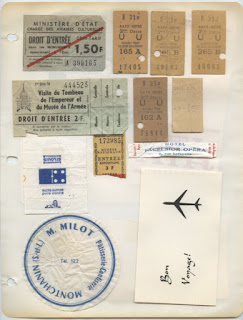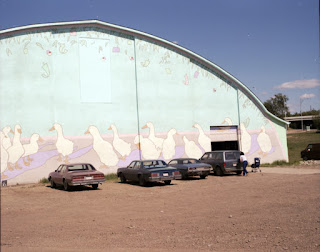
Friday November 30, 2012 was a busy night at the museum celebrating the second annual Take Your Best Shot Youth Digital Photo Exhibition Opening and the annual St. Albert Snowflake Festival.
The photo exhibition gives youth -- Grades 3 through 12-- the opportunity to enter our photo contest and have their entries on exhibit at the Musée Héritage Museum. Along with their photos, we invited younger members of the community to tell us why they chose their St. Albert area nature subject.
 |
| Catherine with her first prize entry |
Catherine, Grade 10
"Last July I chose to take a photo of this Canada Goose which I saw on a pond near St. Albert because the bird looked so majestic. I took several photos that were more traditional showing the classic ringed neck of the Canada Goose. I enjoy this photo because it shows the feathers in great detail and the water is so clam and peaceful beside the bird."
Maya, Grade 5
Dandelion white,
Old, but beauty still in sight.
A backyard delight.
"I chose this picture because the colours pop. Some people think of this flower as a weed. I just think it is one of nature's beauties!"
Kaden, Grade 7
"I first saw this pathway when I was running with my gym class to prepare for my school's Terry Fox Run. I told my mom about the beautiful pathway in the trees. My mom did not know where it was so I showed her the ravine... I took a picture of the sun through the pathway of trees.
Elly, Grade 4
"This is a picture of my best friend Grace's hands shaped into a heart....I took this picture just before a huge mass of storm clouds rolled over our camp. I think this picture shows how much I love being out in nature. The bright sun really reflects the natural beauty of our campsite and Sandy Lake."
Family members and visitors to the Museum had the opportunity to view all of the photo entries this year. Prizes were awarded by our Curator, Joanne White, to the winners in three categories; Grades 3-6, Grades 7-9 and Grades 10-12.
The Snowflake Festival happens every year in Downtown St. Albert and the Musée Héritage Museum is always happy to be part of the festivities.
This year we invited visitors into the museum to experience the youth photo exhibit, have a look at the current exhibits and warm up with hot cider and candy canes! Check out the pictures below!
 |
| Roy busy making olde fashioned snowflakes with our younger visitors. |
 |
| Mouse making activity with Kat |
 |
| Making Christmas Mice with Jasmine |
 |
| Looking at the Wind Work, Wind Play: Weathervanes and Whirligigs Exhibit--a travelling exhibit from the Canadian Museum of Civilization Collection |















































